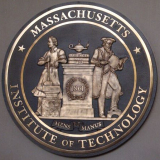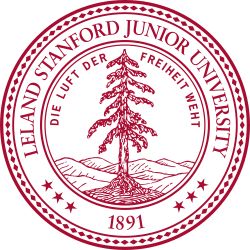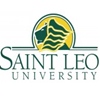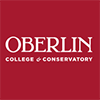The following is a detailed introduction to Oberlin College:
Introduction and Overview
Oberlin College is a top private liberal arts college in Ohio, USA, consisting of the College of Liberal Arts and the Conservatory of Music. The college is located in the small town of Oberlin, 35 miles southwest of Cleveland, Ohio, covering an area of 440 acres, with a student population of about 2,960, a student/teacher ratio of 9:1, and an international student ratio of about 8%.
History and Founding Time
It was founded in 1833 by John Shiphead and Philo Stewart of the Presbyterian Church. In December 1833, 29 men and 15 women began classes as the first batch of students. In 1850, the name of the college was changed from Oberlin Collegiate Institute to Oberlin College. In 1867, the Oberlin Conservatory of Music became part of Oberlin College.
School Strength
Faculty: With a highly qualified faculty of about 298 teachers and a student-teacher ratio of 9:1, Oberlin is able to provide students with adequate attention and guidance.
Academic Achievements: Since 1920, Oberlin has ranked first among liberal arts colleges in the United States in the number of graduates who have obtained doctoral degrees. It has trained many outstanding talents such as Nobel Prize winners Robert Andrew Millikan and Stanley Cohen.
Teaching Resources: With its own supercomputer, the Allen Memorial Art Museum has more than 15,000 works, ranking among the top academic art museums in the United States. The library has a rich collection of books, including Mudd Library, Art Library and Science Library, with a total of more than 2.5 million volumes.
Institutional Nature
A private liberal arts college with a certain historical origin with the Presbyterian Church.
Educational Philosophy
The school motto is "Learning and Labor", which embodies a flexible education that combines learning with reality. Focus on cultivating students' sense of social responsibility, innovative spirit and practical ability, encourage students to actively participate in social activities and community services, pursue equality, freedom and diversity, and strive to provide students with an all-round education, cultivate students' critical thinking, leadership and global vision.
Key laboratories and disciplines
Key disciplines: Among the liberal arts colleges, chemistry, neurology, environmental science, neuroscience and East Asian studies are strong. Its Conservatory of Music is the oldest music conservatory in the United States, well-known in the music world, and its symphony orchestra is also well-known in the United States.
Key laboratories: No reports have been found that the college has particularly well-known key laboratories, but the college is equipped with corresponding laboratories and facilities for scientific research and teaching.
Departments
The college consists of two parts: the College of Arts and Sciences and the Conservatory of Music. The College of Arts and Sciences offers more than 45 majors and minors, and the Conservatory of Music offers a variety of music professional degree programs.
Rankings
In 2025, it ranked 55th in US News liberal arts colleges and 85th in the most valuable schools in the United States. In 2017, Oberlin Conservatory of Music ranked 18th among global music conservatories.
Cost
Tuition is about $53,460 per year, and the school may provide certain scholarships and grants.
Campus Environment
Campus facilities: There are more than 230 Steinway grand pianos on campus, and an average of more than 500 concerts per year. It has multiple cultural facilities such as libraries and art museums, as well as modern teaching facilities and comfortable student dormitories.
Campus Culture: Campus life is rich and colorful, with more than 175 active student clubs covering social justice, music, faith, identity, politics, sports and art. Many of them are related to art, such as at least four a cappella groups, improvisation groups and student-run radio stations WOBC-FM.
-

Harvard University
-

Massachusetts Institute of Technology
-

South University
-

University of West Georgia
-

Stanford University
-

Northwest Nazarene University
-

Hawaii Pacific University
-

Shorter University
-

Nova Southeastern University
-

Saint Leo University
-

Mesoamerican University
-

Istmo University
-

Mariano Galvez University of Guatemala
-

Regional University of Guatemala
-

Galileo University
-

Francisco Marroquín University
-

Rafael Landívar University
-

University of the Valley of Guatemala
-

University of San Carlos of Guatemala
-

Technological Institute of Tlaxcala Plateau
-

Golfo University
-

Technological University of South Sonora
-

Technological University of Huejotzingo
-

Tizimín Institute of Technology
-

Chilpancingo Institute of Technology

